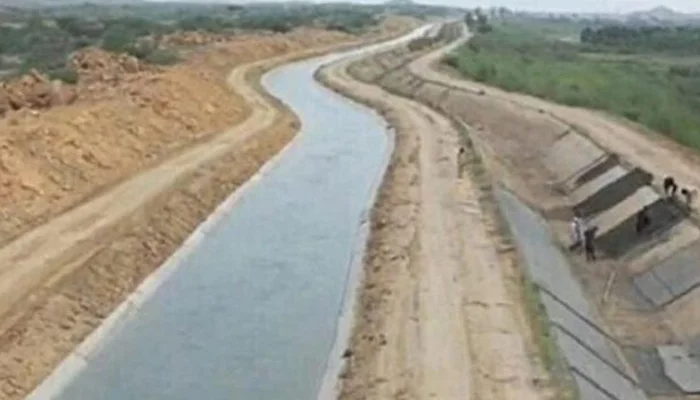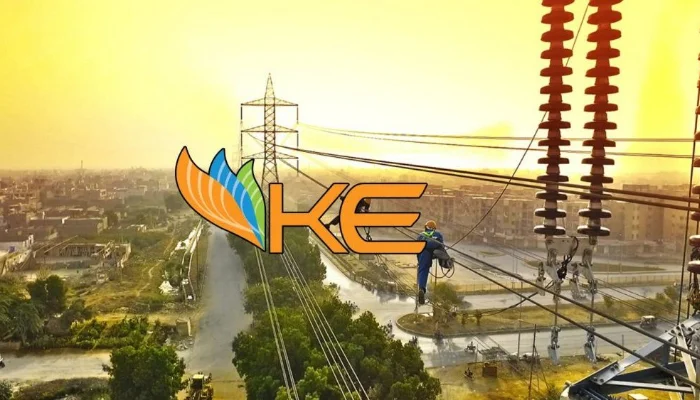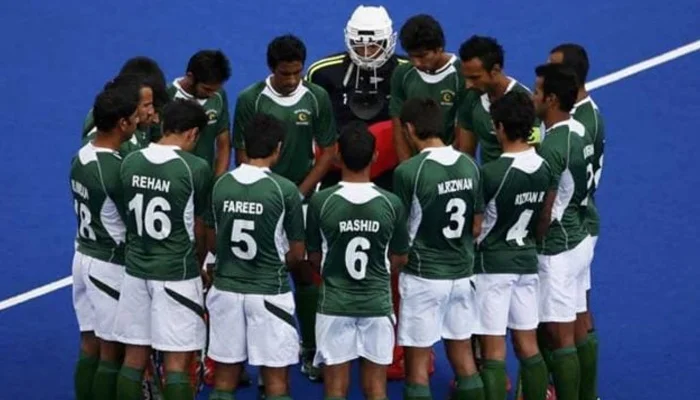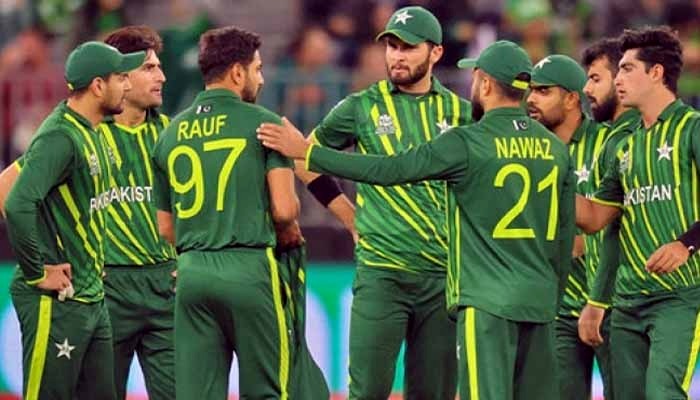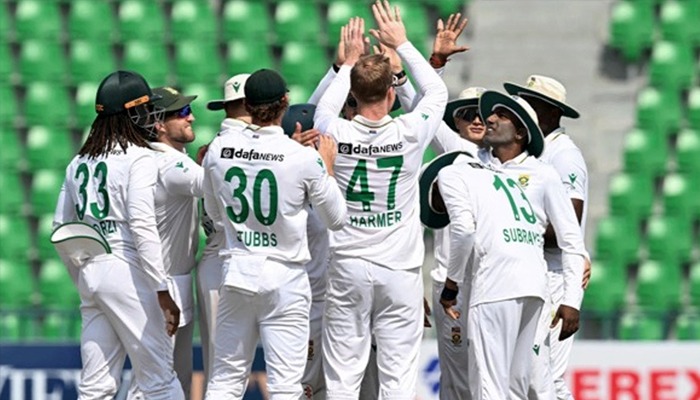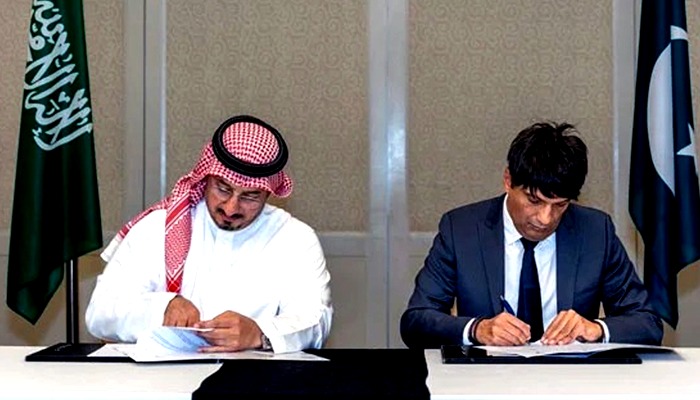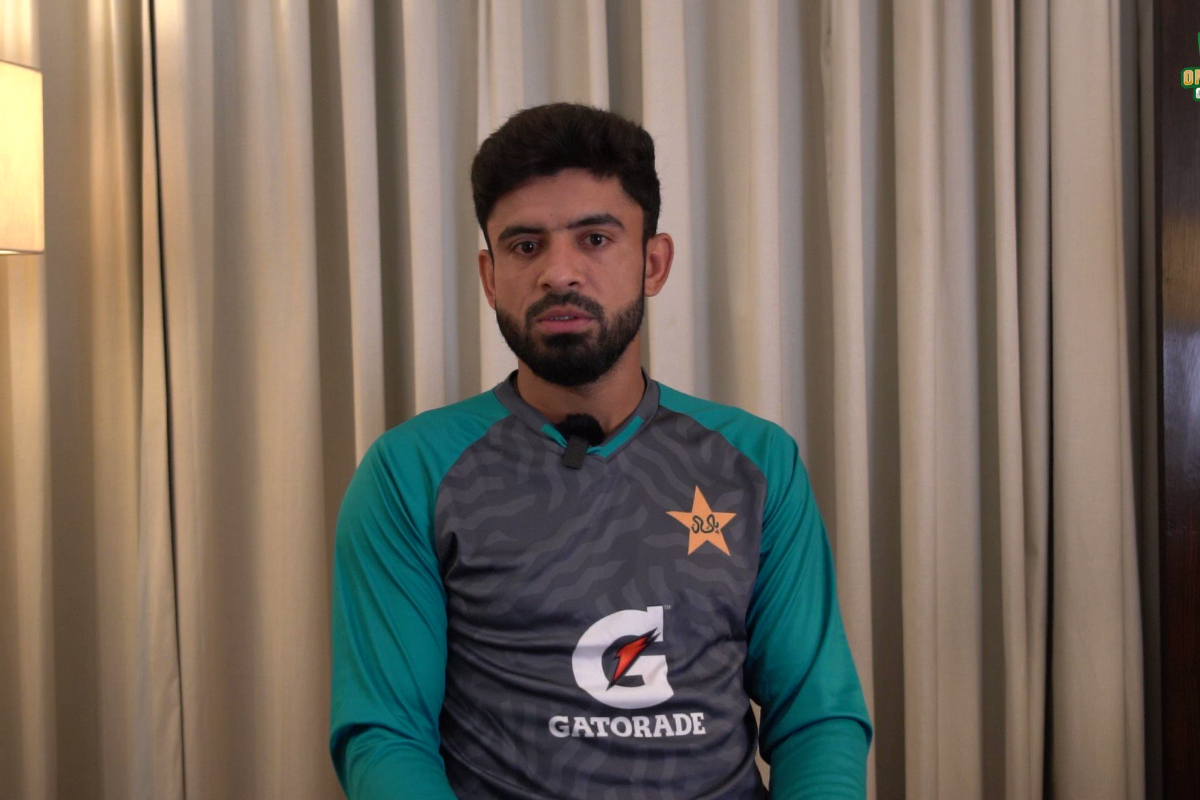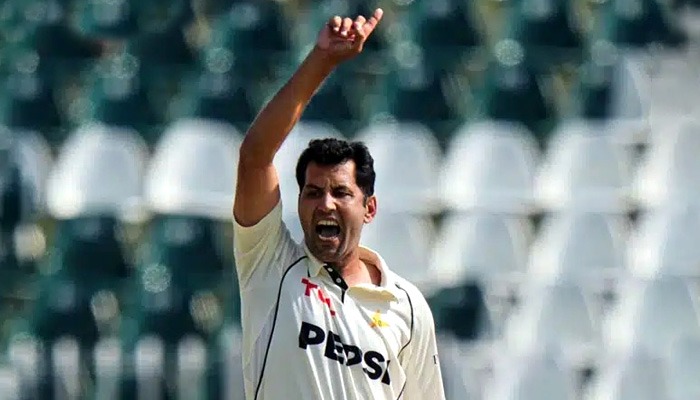- Indonesia will set up an independent fact-finding committee.
- There was a stampede that left 125 people dead.
- Security affairs in Indonesia stated.
To look into a stampede that left 125 people dead, including over a dozen children, at a football stadium, Indonesia will set up an independent fact-finding committee.
Mahfud MD, the coordinating minister for political, legal, and security affairs in Indonesia stated that the investigation into the tragedy that occurred in
Malang on Saturday night after a match between bitter rivals Arema FC and Persebaya Surabaya FC would try to determine what happened and find those responsible.
Arema lost, their first home defeat in 23 years, and that’s when the disaster started.
Police fired tear gas as fans rushed onto the field, sending terrified fans running for the exits.
In the commotion, several persons died from suffocation, while others were crushed to death. In one of the biggest tragedies at a football stadium anywhere in the world, at least 17 youngsters and two police officers perished at the stadium.
Reihan Zailani, who attended the game, told Al Jazeera that while people struggled to escape the tear gas, he witnessed “children perish in front of his eyes.”
People were dispersed and frantically trying to escape, he claimed. But as we gathered there, the exit was barred. Even after they had left the stadium, according to Zailani, police were still firing tear gas at them.
Even though Persebaya Surabaya supporters were prohibited from the game due to the fierce rivalry between the two teams in the east of the heavily populated Java island, the game was a sell-out with at least 42,000 spectators in the stadium.
According to witnesses, problems began when Arema lost and fans began to descend to the field.
Nanda Rizki, who attended the game with his brother, stated there were many kids in the crowd and that “everyone was terrified, it was chaos.”
“People were rushing for the exit, but it was locked, and the stadium lights had been dimmed. As a result, it was dark in the tribune (a section of the stands), and people were shoving one other to go. crossing each other out.
“At the front gate, I observed a lot of victims. There are so many victims there, many of them with charred faces.
On Sunday, President Joko Widodo issued orders for a catastrophe inquiry, a safety assessment of all football games, and “security” upgrades.
Widodo expressed his condolences for the incident, adding that he hoped it would be the last football-related catastrophe in the nation.
Gianni Infantino, the president of FIFA, declared that the incident had left the football community “in a state of shock.” The world governing body of the sport, which forbids the use of tear gas in stadiums, has requested a report on the incident from the Indonesian government.
Usman Hamid, executive director of Amnesty International Indonesia, said in a statement that “no one should lose their life at a football game.” “We demand that authorities launch a prompt, in-depth, and impartial inquiry of the deployment of tear gas at the stadium and make sure that anyone found guilty of violating the law is tried in public rather than just receiving internal or administrative punishments.”
Indonesians love football, but it has always been plagued by hooliganism and violence.
78 individuals have died in soccer-related incidents over the course of the previous 28 years, according to data from Save Our Soccer, Indonesia’s soccer watchdog.
Those who are implicated are frequently connected to fan organizations, the largest of which have hundreds of thousands of members.
Refano Dwi Afriansyah, Yayak Suprianti’s 17-year-old son, was present in the audience on Saturday.
She discovered him receiving medical attention for his wounds at a nearby hospital after he failed to arrive home. Suprianti wishes him a speedy recovery.
“I wonder why this happened.” You can now see the victims. Young boys like my son are among them. still a student.”
[embedpost slug=”indonesias-sports-ministry-to-review-safety-after-tragic-riot”]



